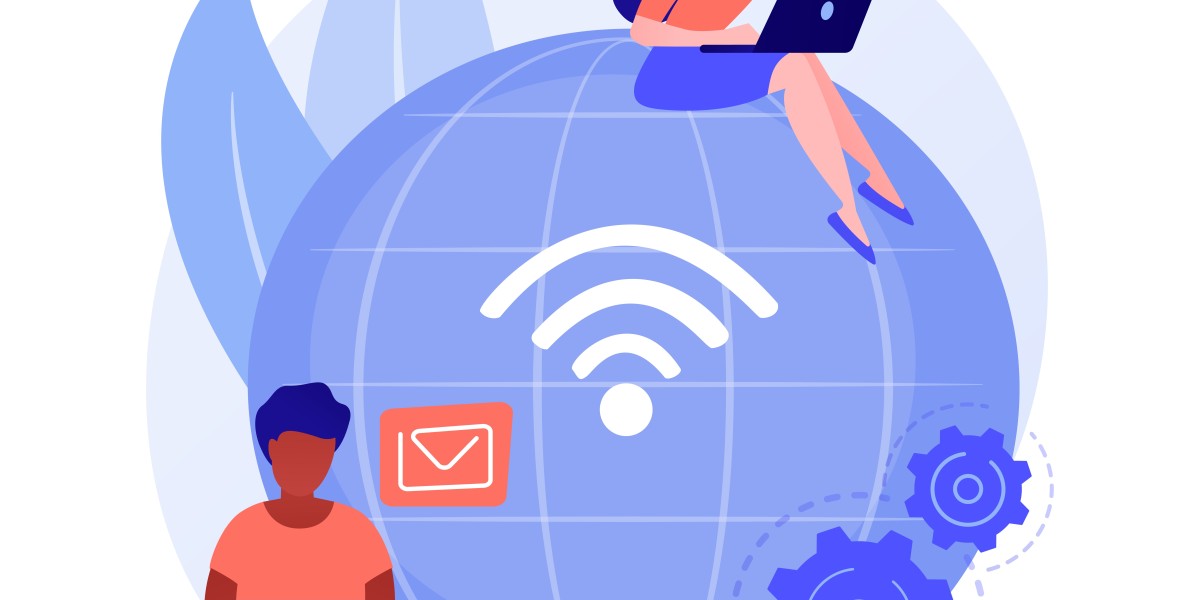Search
Popular Posts
-
 Chat-Video kostenlos
By Pearl Neidig
Chat-Video kostenlos
By Pearl Neidig -
 15 Terms Everyone Working In The Leather Sofas For Sale Industry Should Know
By Garnet Howie
15 Terms Everyone Working In The Leather Sofas For Sale Industry Should Know
By Garnet Howie -
 5 Things That Everyone Doesn't Know On The Subject Of Cot For Sale
5 Things That Everyone Doesn't Know On The Subject Of Cot For Sale
-
 11 Strategies To Completely Defy Your Mini Freezers
By Val Kinsella
11 Strategies To Completely Defy Your Mini Freezers
By Val Kinsella -
 Купить диплом об образовании занесенный в реестр.
Купить диплом об образовании занесенный в реестр.


